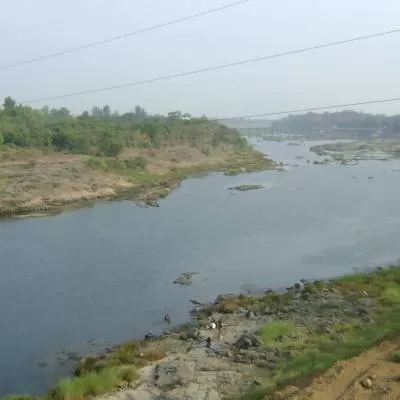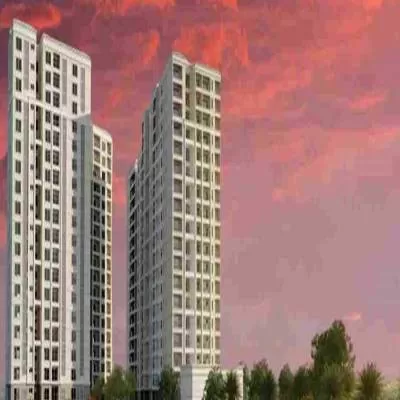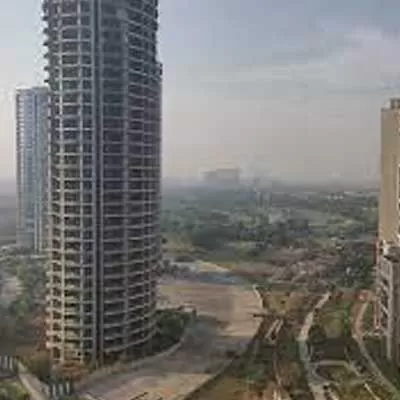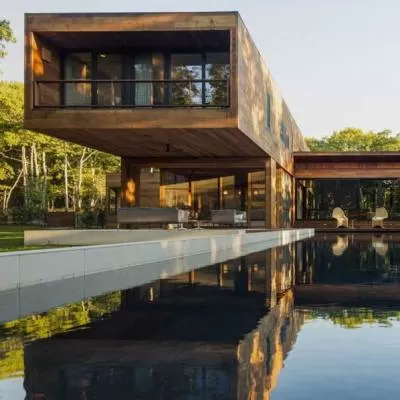- Home
- Real Estate
- Proper insulation allows each individual to achieve a suitable level of comfort
Proper insulation allows each individual to achieve a suitable level of comfort
Insulation materials can be defined as those that retard the flow of heat energy. These materials fall into two categories: organic foams and inorganic materials. Since the main function of insulation is to reduce heat transfer, insulation materials must be able to retard the transport of heat by conduction, convection and radiation. These materials work by resisting heat flow, measured by an R-value, which varies according to material type, density and thickness. They are mainly used in roofs, walls and floors.
Polyon manufactures, develops and markets engineered polyethylene and polypropylene films. PolynumTM is one of its leading thermal reflective insulation films produced by the company to meet all thermal and acoustic insulation demands. Hanan Rotenberg, CEO, Polyon India, presents an overview of insulation materials and their usage in India, with special focus on the criteria on the basis of which these materials should be selected.
Tell us something about insulation, its benefits in hot and mixed climates and its approximate cost in India?
Although the climate of the Indian subcontinent is largely subject to four seasons, Indians are mostly exposed to tropical\sub-tropical weather. Due to the Himalayan range of mountains, the northern parts of the country experience very hot summers and mild winters. In many parts, peak temperatures can exceed 45°C during the hottest times. Due to these climatic characteristics, insulation challenges in India are related exclusively to heat gain. Maintaining thermal comfort for occupants of buildings or other enclosures is one of the most important goals amongst HVAC (heating, ventilation, air conditioning) design engineers. Human thermal comfort is defined as the state of mind that expresses satisfaction with the surrounding environment.
That sounds pretty technical. With reference to the same, could you tell us what exactly determines the level of thermal comfort?
Thermal comfort is affected by heat conduction, convection, radiation and the level of perspiration, which is governed by humidity. This state is maintained when the heat generated by the human metabolism is allowed to dissipate, thus maintaining thermal equilibrium with the surroundings. Any heat gain or loss beyond this generates a sensation of discomfort.
So, what in your opinion, should one do in order to achieve thermal comfort?
To achieve this kind of comfort in India, most people reach out to their air-conditioning units. These require electricity but also release pollutants into the atmosphere. The more we use these devices, the more energy we consume, the more money we spend, and the more we contribute to our poor air quality, urban heating and ultimately global warming.
Then, would you agree if we said that buildings are responsible for a good deal of energy usage?
Buildings use one-third of all the energy consumed and account for almost two-thirds of all electricity consumption. Due to high levels of energy usage, buildings are a major source of pollution, which reduces urban air quality and adds pollutants, which, directly or indirectly, contribute to climate change.
What's the solution?
Using correct insulation design is one of the most effective ways to reduce the usage of an air conditioner, or to provide proper level of comfort in non-air conditioned spaces. In other words, using proper insulation allows each individual to achieve a suitable level of comfort, while reducing energy consumption, saving money, and helping fight urban heating and therefore global warming. Reducing the usage of air conditioning thus indicates a reduction in each individual's carbon footprint.
What do consumers need to consider before selecting insulation materials?
To benefit, one needs to use the correct insulation materials. In India, the insulation solution needs to combat and deter heat gain by preventing penetration on a building's envelope (this is similar to a waterproof membrane with respect to rainfall). Since the heat gain is a result of solar radiation, only reflective insulation such as that provided by PolynumTM can effectively block heat gain. Insulation products that absorb heat, such as glass wool, rock wool, cellulose, foams, or similar bulk products, won't help prevent heat gain. When products absorb heat, they increase heat gain in a building's envelope, keep the heat within the roof and walls, and prevent it from dispersing. This increases the usage of an air conditioner.
In terms of heat gain and energy consumption, it is critical to understand the objective (of insulation). Selection of the wrong products, such as bulk insulation products, will contribute to global warming, wasted energy and higher electricity bills for the consumer.
Is this applicable for roofs or walls, or both?
Yes, it applies to both. However due to the absence of insulation regulations in India, most walls do not contain insulation at all.
(Communication by the management of the company)
Hanan Rotenberg, CEO, Polyon IndiaInsulation materials can be defined as those that retard the flow of heat energy. These materials fall into two categories: organic foams and inorganic materials. Since the main function of insulation is to reduce heat transfer, insulation materials must be able to retard the transport of heat by conduction, convection and radiation. These materials work by resisting heat flow, measured by an R-value, which varies according to material type, density and thickness. They are mainly used in roofs, walls and floors.Polyon manufactures, develops and markets engineered polyethylene and polypropylene films. PolynumTM is one of its leading thermal reflective insulation films produced by the company to meet all thermal and acoustic insulation demands. Hanan Rotenberg, CEO, Polyon India, presents an overview of insulation materials and their usage in India, with special focus on the criteria on the basis of which these materials should be selected.Tell us something about insulation, its benefits in hot and mixed climates and its approximate cost in India?Although the climate of the Indian subcontinent is largely subject to four seasons, Indians are mostly exposed to tropical\sub-tropical weather. Due to the Himalayan range of mountains, the northern parts of the country experience very hot summers and mild winters. In many parts, peak temperatures can exceed 45°C during the hottest times. Due to these climatic characteristics, insulation challenges in India are related exclusively to heat gain. Maintaining thermal comfort for occupants of buildings or other enclosures is one of the most important goals amongst HVAC (heating, ventilation, air conditioning) design engineers. Human thermal comfort is defined as the state of mind that expresses satisfaction with the surrounding environment.That sounds pretty technical. With reference to the same, could you tell us what exactly determines the level of thermal comfort?Thermal comfort is affected by heat conduction, convection, radiation and the level of perspiration, which is governed by humidity. This state is maintained when the heat generated by the human metabolism is allowed to dissipate, thus maintaining thermal equilibrium with the surroundings. Any heat gain or loss beyond this generates a sensation of discomfort.So, what in your opinion, should one do in order to achieve thermal comfort?To achieve this kind of comfort in India, most people reach out to their air-conditioning units. These require electricity but also release pollutants into the atmosphere. The more we use these devices, the more energy we consume, the more money we spend, and the more we contribute to our poor air quality, urban heating and ultimately global warming.Then, would you agree if we said that buildings are responsible for a good deal of energy usage?Buildings use one-third of all the energy consumed and account for almost two-thirds of all electricity consumption. Due to high levels of energy usage, buildings are a major source of pollution, which reduces urban air quality and adds pollutants, which, directly or indirectly, contribute to climate change.What's the solution?Using correct insulation design is one of the most effective ways to reduce the usage of an air conditioner, or to provide proper level of comfort in non-air conditioned spaces. In other words, using proper insulation allows each individual to achieve a suitable level of comfort, while reducing energy consumption, saving money, and helping fight urban heating and therefore global warming. Reducing the usage of air conditioning thus indicates a reduction in each individual's carbon footprint.What do consumers need to consider before selecting insulation materials?To benefit, one needs to use the correct insulation materials. In India, the insulation solution needs to combat and deter heat gain by preventing penetration on a building's envelope (this is similar to a waterproof membrane with respect to rainfall). Since the heat gain is a result of solar radiation, only reflective insulation such as that provided by PolynumTM can effectively block heat gain. Insulation products that absorb heat, such as glass wool, rock wool, cellulose, foams, or similar bulk products, won't help prevent heat gain. When products absorb heat, they increase heat gain in a building's envelope, keep the heat within the roof and walls, and prevent it from dispersing. This increases the usage of an air conditioner. In terms of heat gain and energy consumption, it is critical to understand the objective (of insulation). Selection of the wrong products, such as bulk insulation products, will contribute to global warming, wasted energy and higher electricity bills for the consumer.Is this applicable for roofs or walls, or both?Yes, it applies to both. However due to the absence of insulation regulations in India, most walls do not contain insulation at all.(Communication by the management of the company)




















